(VLO) Climate change, rising sea levels, and declining groundwater resources have caused the Mekong Delta to face subsidence, landslides, droughts, saltwater intrusion, and serious shortages of water for production and daily life. This requires timely solutions, including greater responsibility in managing and effectively using water resources, so that everyone can access clean water.
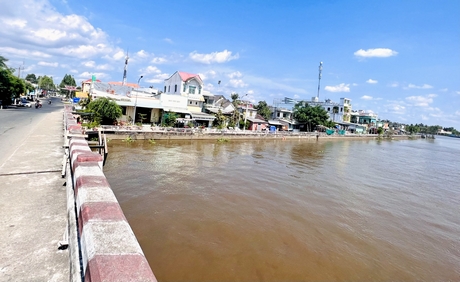 |
| By 2030, Vinh Long aims to have over 99% of its urban population using clean water. |
At the workshop "Urgent solutions to protect the Mekong Delta" held recently in Can Tho City, Mr. Bui Trong Luc - General Director of Hau Giang Water Supply and Drainage - Urban Construction Joint Stock Company, said that the province is building a 100ha reservoir, and has completed phase 1 of 50ha.
To cope with saltwater intrusion, in 2010, the province approved the construction of 15 underground wells, but water from these wells can only be exploited when saltwater intrusion occurs or there is an environmental incident.
Up to now, groundwater only accounts for 3-4% of the unit's water supply, the rest is mainly surface water. Currently, the company's water supply stations have been linked together to regulate the flow.
As a long-term solution, we are currently testing groundwater replenishment in factories. During the rainy season, when there is a surplus of production, we use water that has met the standards to replenish groundwater at a flow rate of 2,000 m3/day.
In the dry season, the exploitation increases to 2,000 m3/day. There are currently 2 projects testing this, with support from foreign organizations in terms of expertise and funding.
Stating that the surface water of Saigon River and Dong Nai River are the two main sources of raw water for treatment and clean water supply for Ho Chi Minh City, Ms. Vo Xuan Khanh - Head of Technical and Production Department (Technology Department - Saigon Water Supply Corporation Limited (Sawaco) shared that climate change with extreme weather phenomena such as floods, storms, and droughts are greatly affecting the water supply industry.
These extreme events threaten infrastructure; they can alter the availability of water resources (quantity and quality).
Accordingly, Sawaco equips water quality monitoring equipment for water supply stations; coordinates with inter-sectoral and inter-local authorities in responding to and handling incidents.
At the same time, deploy emergency response solutions for people when the incident lasts more than 12 hours: supply water by tanker trucks, centralized water tanks. Supply water through emergency water bags. As a long-term solution, there is the renovation of the water supply system along the DMZs.
“We are moving towards a green, digital, circular economy. In the water sector, there is also increasing awareness that water is a reusable, circular resource.
"Exploitation and usage units must be more responsible in managing water resources, using them effectively, and treating water for production to meet standards before discharging, so that everyone can access clean water in the future," Ms. Khanh emphasized.
Mr. Pham Van Sy - expert of the Department of Climate Change (Ministry of Natural Resources and Environment) said that recently, the ministry has developed policies related to climate change response.
In particular, the Mekong Delta region will have activities such as investigating and evaluating underground water sources, developing raw material areas towards sustainable development, constructing traffic works...
Mr. Pham Van Sy proposed a number of solutions such as the need to develop a comprehensive strategy to protect and sustainably use water resources in the Mekong Delta; reduce subsidence due to groundwater exploitation; build residential areas and houses to proactively support people in necessary cases...
Associate Professor, Dr. Tran Ba Hoang - Director of the Southern Institute of Water Resources, said that the development of the Mekong Delta needs to be in the direction of controlled adaptation, proactively creating a reasonable water regime on the basis of the natural regime, reducing the level of risk and uncertainty in socio-economic activities. Besides engineering solutions, non-engineering solutions are very important.
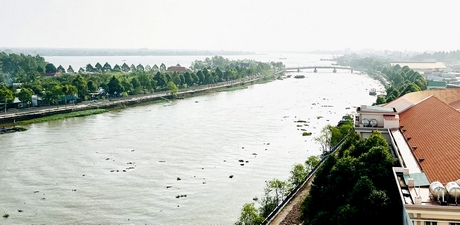 |
| Strictly manage and use water resources economically and effectively. |
These are works to store water in canals and ditches; garden ditches; in rice fields; in water storage devices; in-field irrigation works, and river mouth control. The Ministry of Agriculture and Rural Development also believes that it is necessary to upgrade the rural domestic water supply system for people.
In which, in fresh areas and fresh areas affected by salinity, water sources from main rivers and canals in the irrigation system (Tien River, Hau River, Co Chien River, Ham Luong River) are used.
In alternating fresh and saline areas and brackish and salty areas, a combination of water sources from fresh areas, groundwater use (limited), and freshwater reservoir construction are used. Along with that, decentralized reservoirs are built.
In Vinh Long, Mr. Vo Quoc Bao (Department of Natural Resources and Environment) - head of the project "Zoning surface water environment for sustainable development of Vinh Long province", said that research results show that rivers and canals in the province are subject to a large amount of waste from daily activities and overflow.
In general, dispersed waste sources account for 89% of the waste discharged into the aquatic environment. Therefore, it is necessary to control these dispersed waste sources to protect surface water resources.
He added that the project aims to assess the current status of surface water quality and discharge sources into surface water sources of Vinh Long province under climate change conditions; assess the self-cleaning capacity and load-bearing capacity of the river and canal system; propose zoning of surface water environment and planning of discharge areas into surface water sources of Vinh Long province in the period of 2025-2030. At the same time, propose solutions to manage surface water environment quality to serve the sustainable development of Vinh Long province.
According to the Vinh Long Provincial Planning for the period 2021-2030, with a vision to 2050, the viewpoint is to strictly manage and effectively use natural resources, especially land and water resources.
By 2030, the target is for the urban population to use clean water to reach over 99%; the rural population to use clean water from centralized water supply systems to reach 97%.
Accordingly, invest in building, renovating and upgrading urban and rural water supply systems and functional areas to meet production and living needs; prioritize the construction of centralized water supply works. At the same time, build and upgrade water plants with capacity to meet water needs in urban areas and areas lacking fresh water in the dry season...
| According to the Department of Construction, in 2023, the rate of households using clean water from the centralized water supply system in urban areas will reach 99.2%, reaching 100% of the plan. In 2024, strive to increase the rate of households using clean water from the centralized water supply system in urban areas to 99.3%. |
Article and photos: SONG HAU
Source: https://baovinhlong.vn/thoi-su/202406/nang-cao-trach-nhiem-quan-tri-su-dung-hieu-qua-nguon-nuoc-3184332/




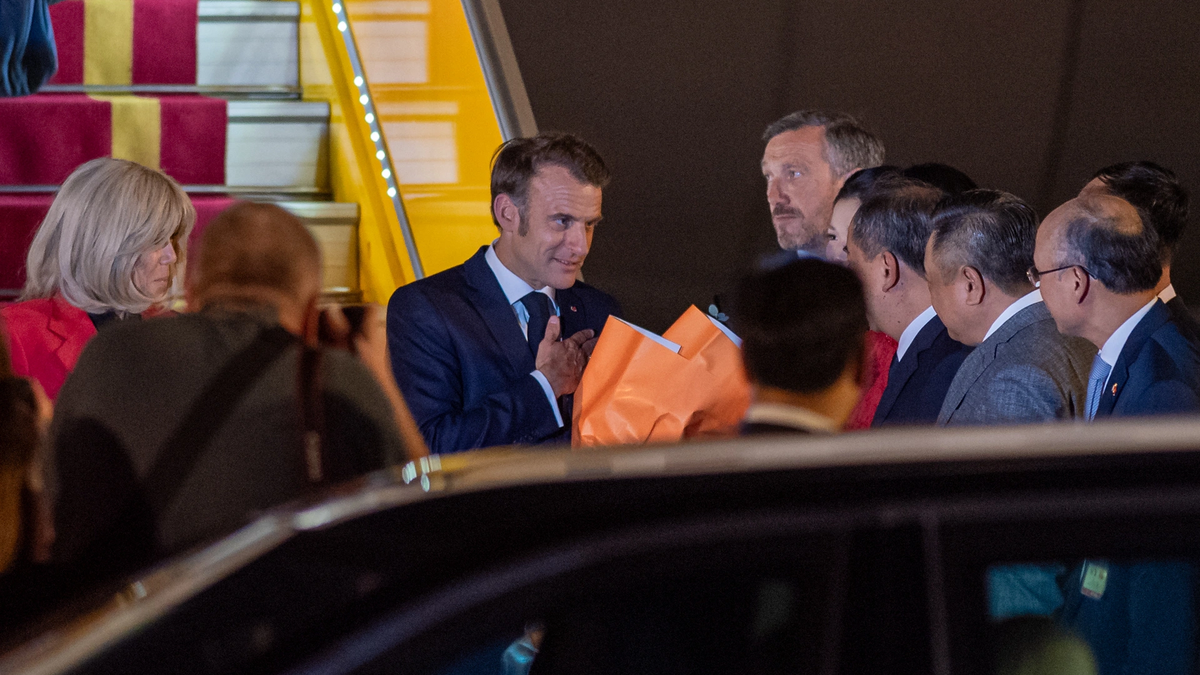
![[Photo] Pink ball and table tennis](https://vphoto.vietnam.vn/thumb/1200x675/vietnam/resource/IMAGE/2025/5/26/d9f770bdfda243eca9806ea3d42ab69b)
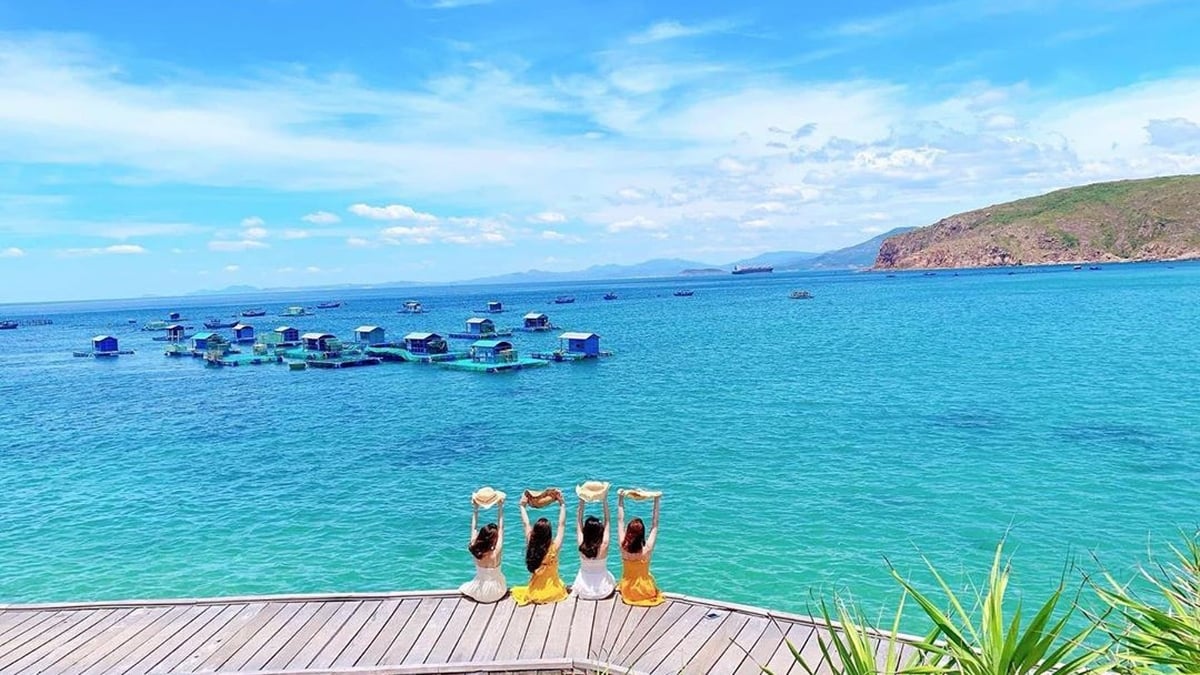
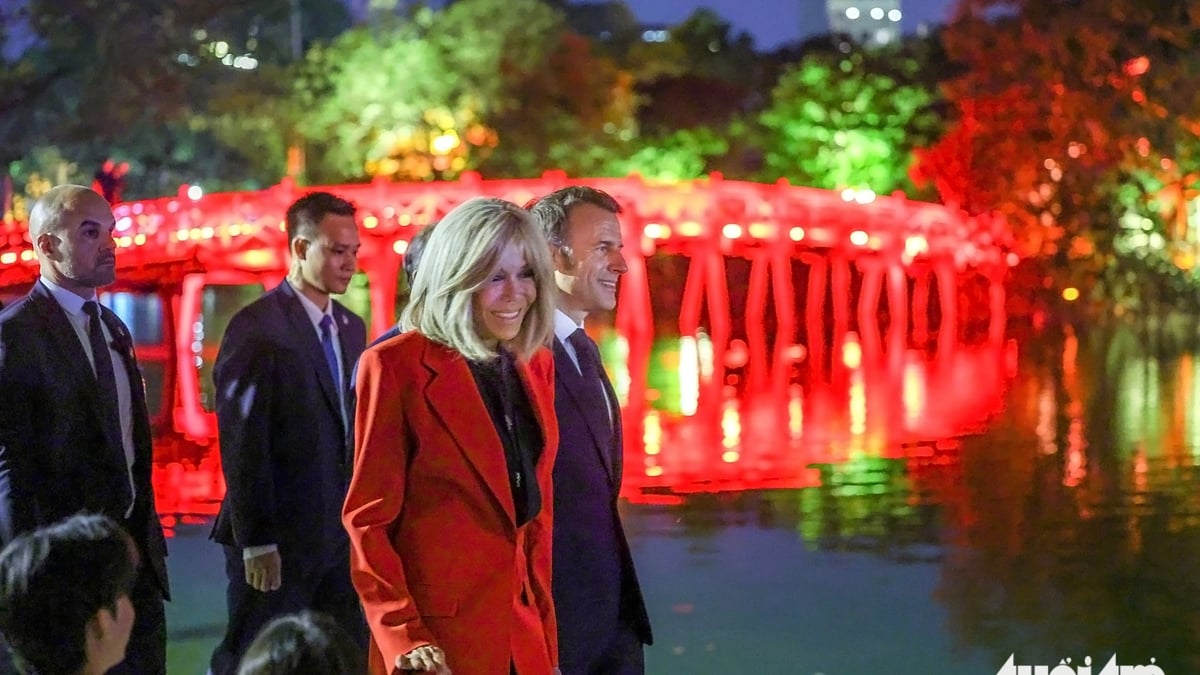


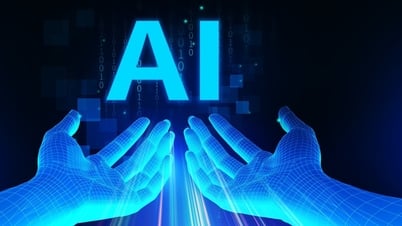


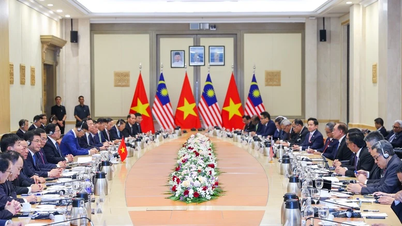


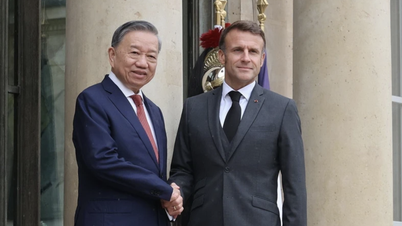
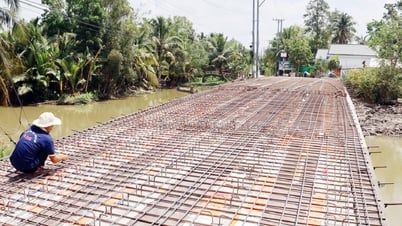
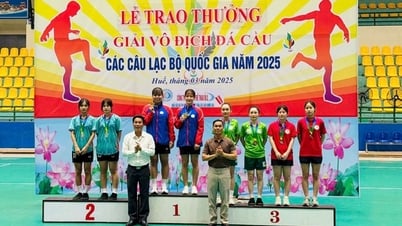
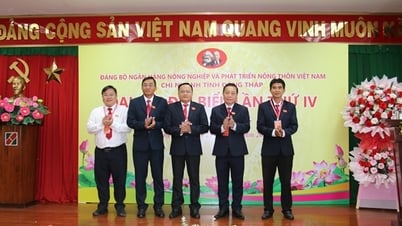

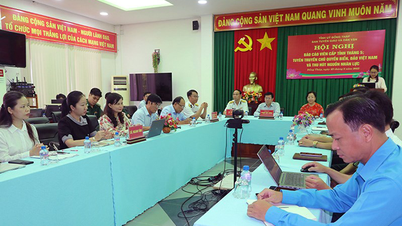
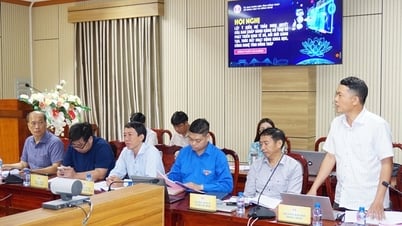




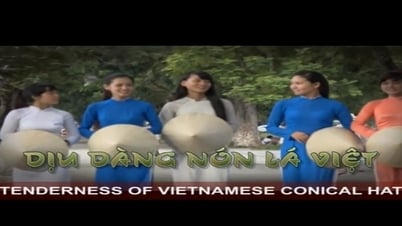
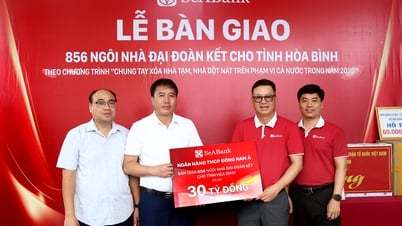
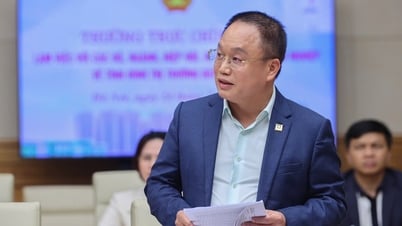
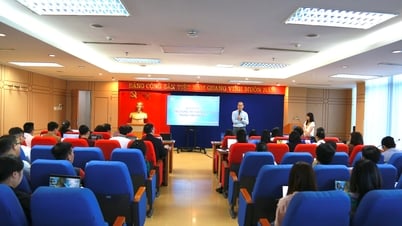



![[Photo] Official welcoming ceremony for French President Emmanuel Macron and his wife on a state visit to Vietnam](https://vphoto.vietnam.vn/thumb/1200x675/vietnam/resource/IMAGE/2025/5/26/a830702ef72f455e8161b199fcefc24d)
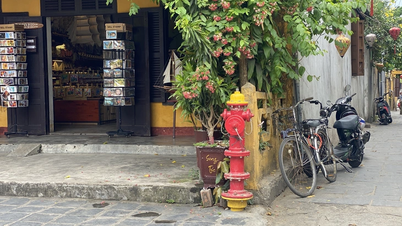

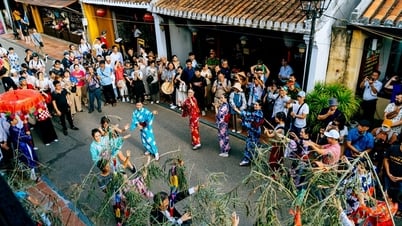








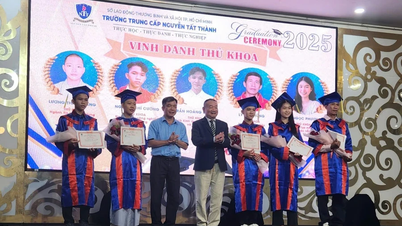









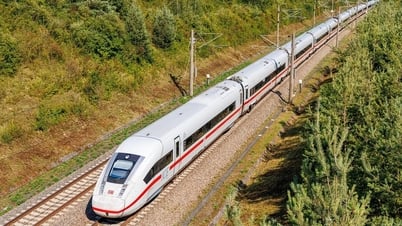

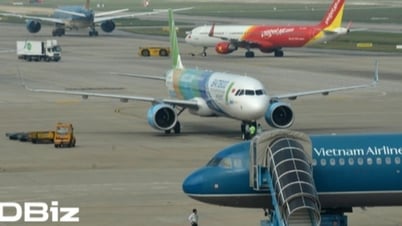
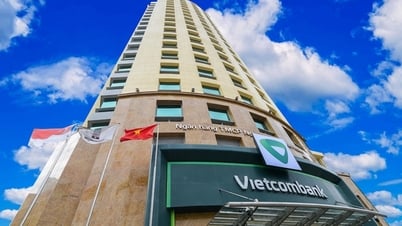

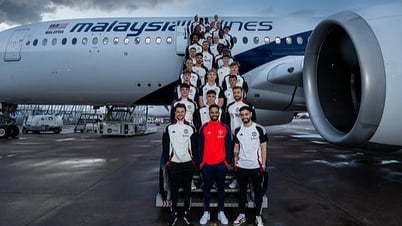
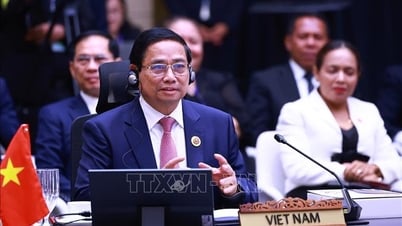

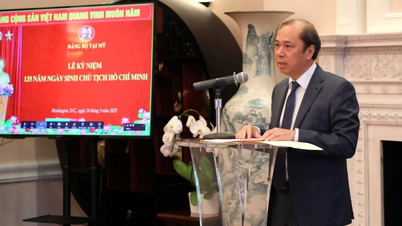
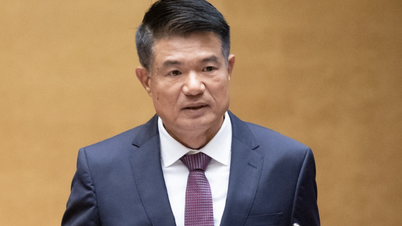
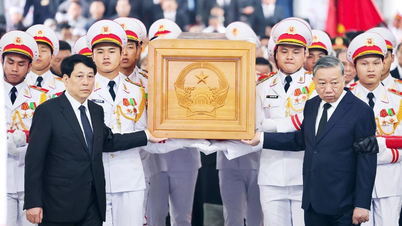
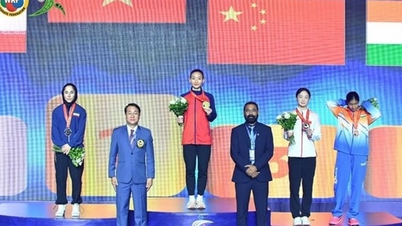









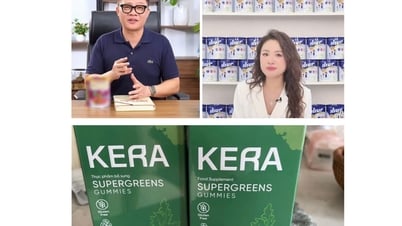



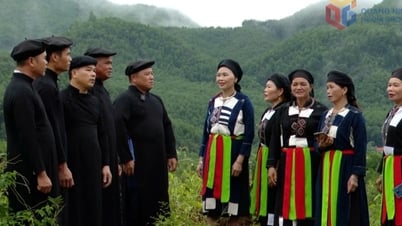


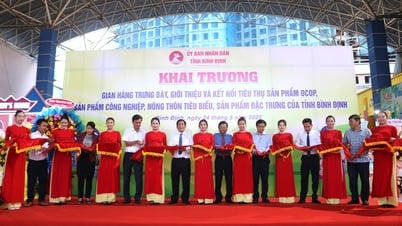

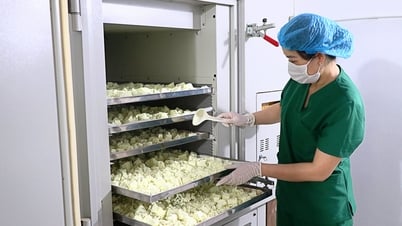








Comment (0)